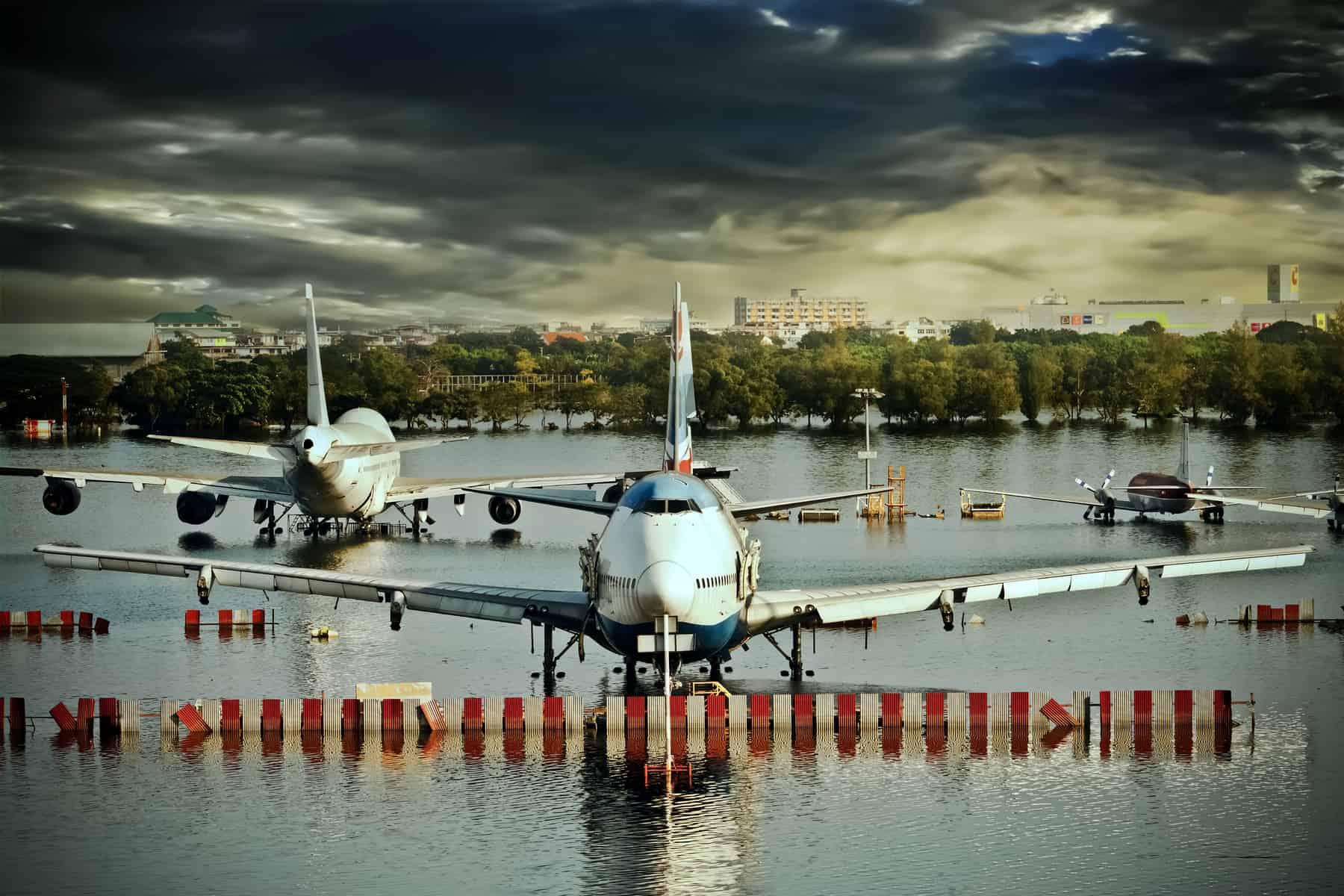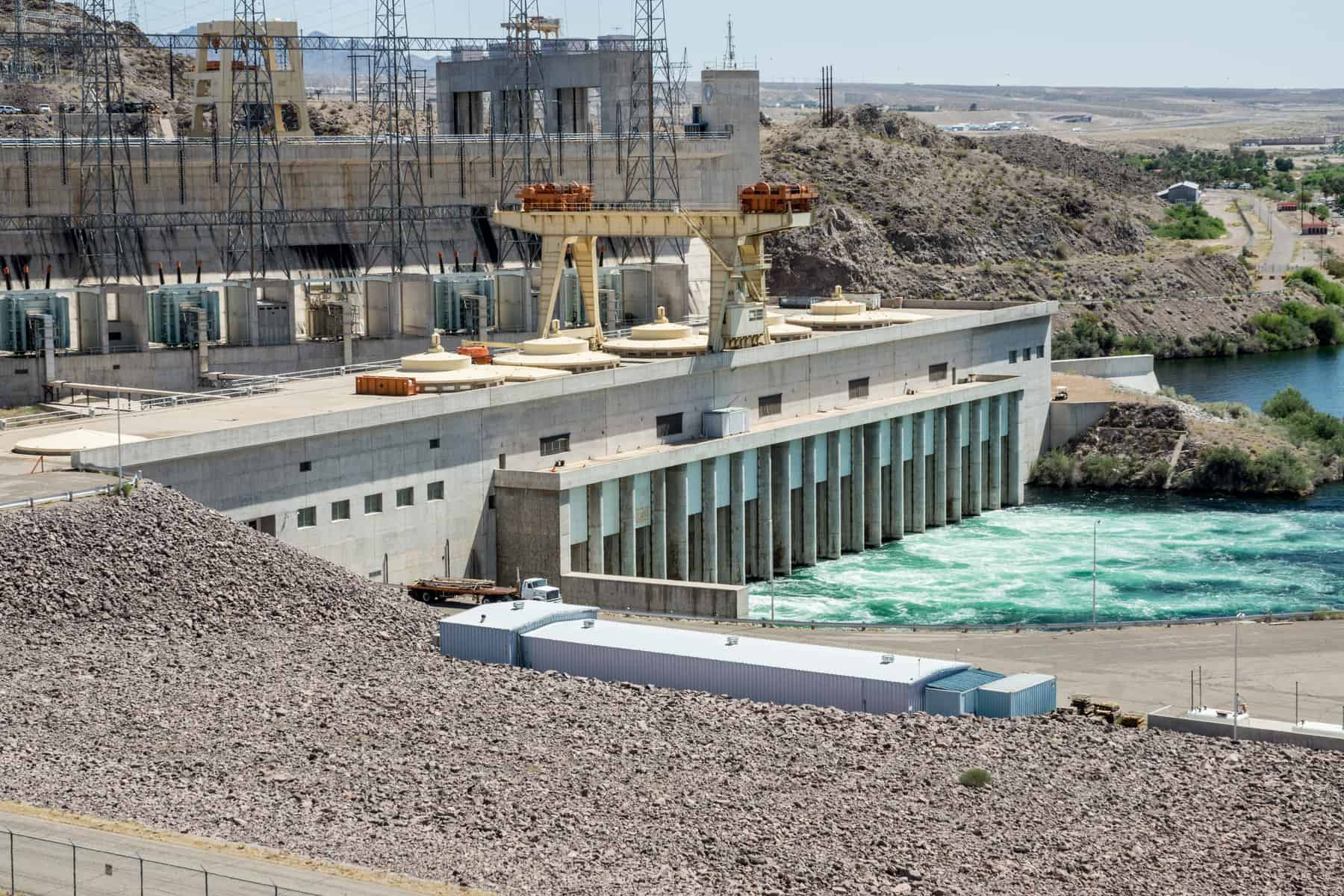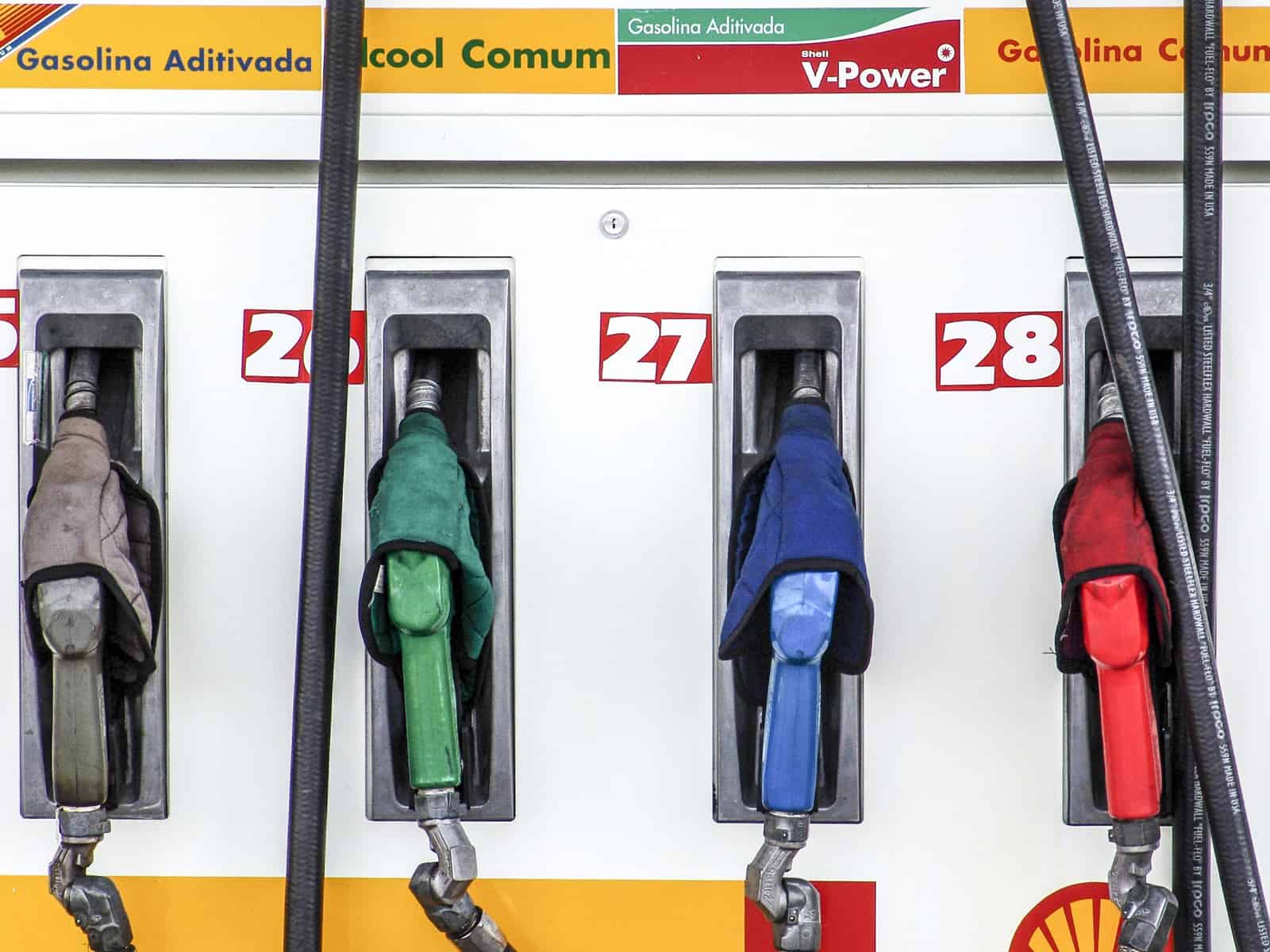Air Quality, Pollution and The Environment

Air quality, pollution, and climate change are all a part of an unfortunate yet consistent cycle that creates increasingly unhealthy conditions for people and the environment around the globe. Yet, unlike the large quantities of plastic found in the ocean or on the ground or even the oil spills that occasionally make the news, air pollution is something we interact with daily. So exactly what type of air pollution are people commonly breathing in, and how does it impact the planet?
Ozone pollution
Ozone is a gas naturally found in the upper layer of Earth's atmosphere. It is composed of three atoms of oxygen and acts as the planet's front line of protection against the sun's powerful UV rays. Ground-level ozone, on the other hand, forms as pollutants from industrial boilers, chemical plants, refineries, transportation, and other human activities are released into the air. These pollutants then cause a chemical reaction with sunlight, forming ground-level ozone, the main ingredient in smog.
This smog can damage people's lungs, cause the development and worsening of lung disorders like asthma and bronchitis, and even make it difficult for vegetation to grow and for ecosystems to thrive as they should. Additionally, while the impacts of ground-level ozone primarily impact urban communities, it is common for winds to carry these gasses to nearby regions, affecting surrounding rural areas as well.
Particle pollution
Particle pollution results from the emission of tiny particles made up of everything from nitrate, sulfate, and sulfur dioxide to dust, soot, dirt, and little drops of liquids into the air. For example, Have you ever seen the dark smoke from a car's exhaust when it backfires? Or the white dust clouds that often surround construction sites? You can likely guess that the particles released in these situations are not great for the environment, but did you know they can be an extreme hazard to people's health?
Particle pollutants can form from the breaking down of larger objects like the materials used to build buildings, homes, and roads, the wearing down of tires, and the release of gasses that create airborne particles, as is the case when burning fossil fuels. Particle pollution is also likely to form from forest fires, wood stove tops, and much more.
This type of air pollution is particularly dangerous because the natural defenses that allow us to sneeze and cough out any harmful particles are unable to detect and get rid of particles that are too small. These microparticles are then able to bypass our defenses and go straight into our lungs and bloodstream, increasing our risk of heart attack, lung disease, asthma, and other respiratory-related diseases.
Additionally, these particles are often carried by wind to rural areas, where they settle on the land and bodies of water. Depending on the chemical composition of these particles, this can result in water acidification, nutrient depletion from the soil, destruction of delicate crops, and it can even negatively impact the biodiversity of ecosystems.
We are constantly breathing in harmful chemicals and substances that can impact our health and planet. Despite this, not enough attention is placed on the quality of the air we breathe. While new technology like electric vehicles has proven to alleviate the problem in some areas, low-income communities with little resources continue to face the consequences of constant exposure to contaminated air. Regulations and lifestyle changes continue to be desperately needed to make a lasting impact. Campaigns like Efficient and Healthy Schools, who are making a difference by helping K-12 schools improve their energy performance and indoor air quality through practical solutions involving technology like HVAC, teach students the significance of energy consumption, the environment and quality of life. By reducing energy consumption and carbon emissions, the Efficient and Healthy Schools campaign, led by The U.S. Department of Energy is a great example of the type of government initiatives necessary to improve air quality for everyone for years to come.
Individually, the simple act of using public transportation, riding your bike, walking, and avoiding products with ozone-creating chemicals can make a world of difference. To learn more about the impact of human activities on the environment, energy resources, and more, visit Resourcefulness.org, Smart Energy Education, and Watt Watchers. Also, don't forget to follow us on Facebook and Instagram.


